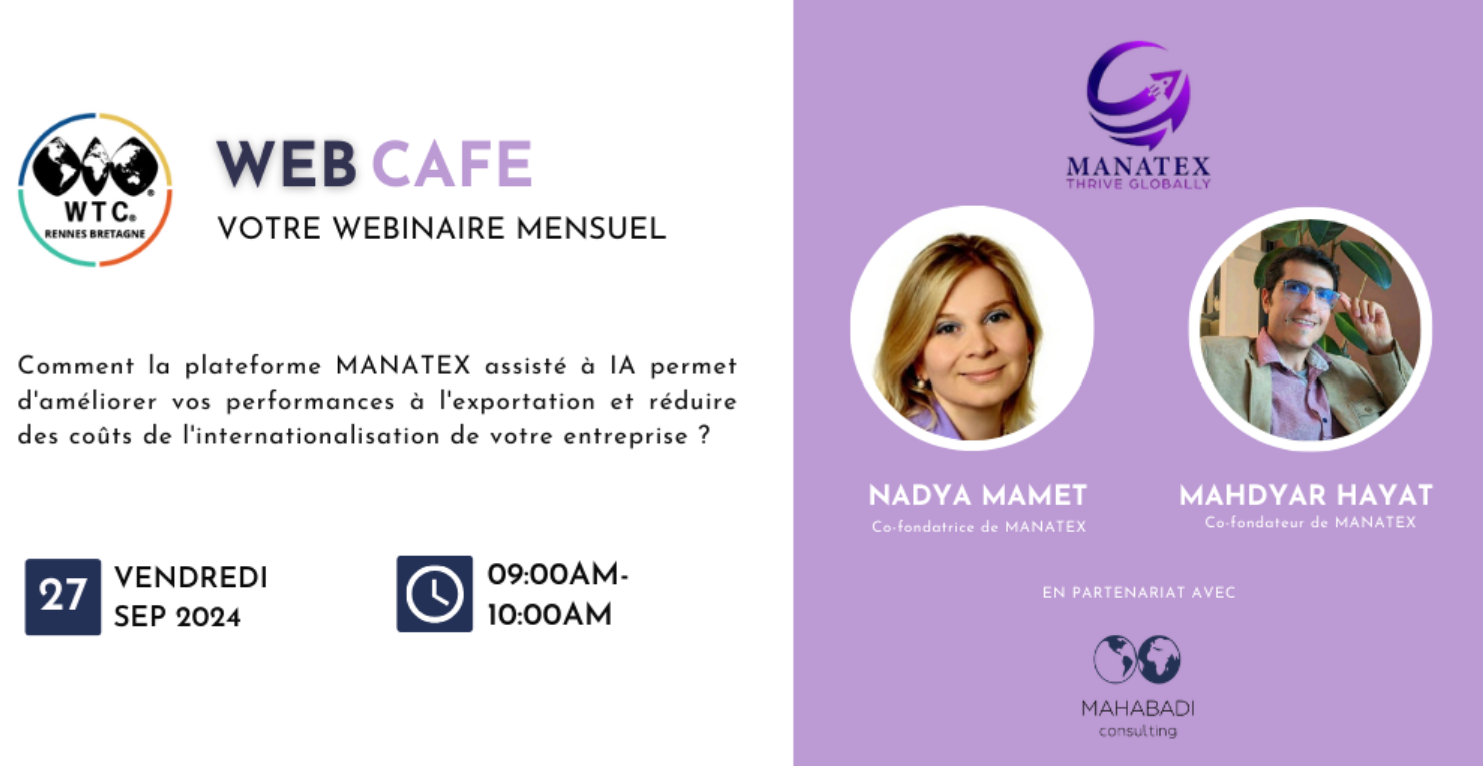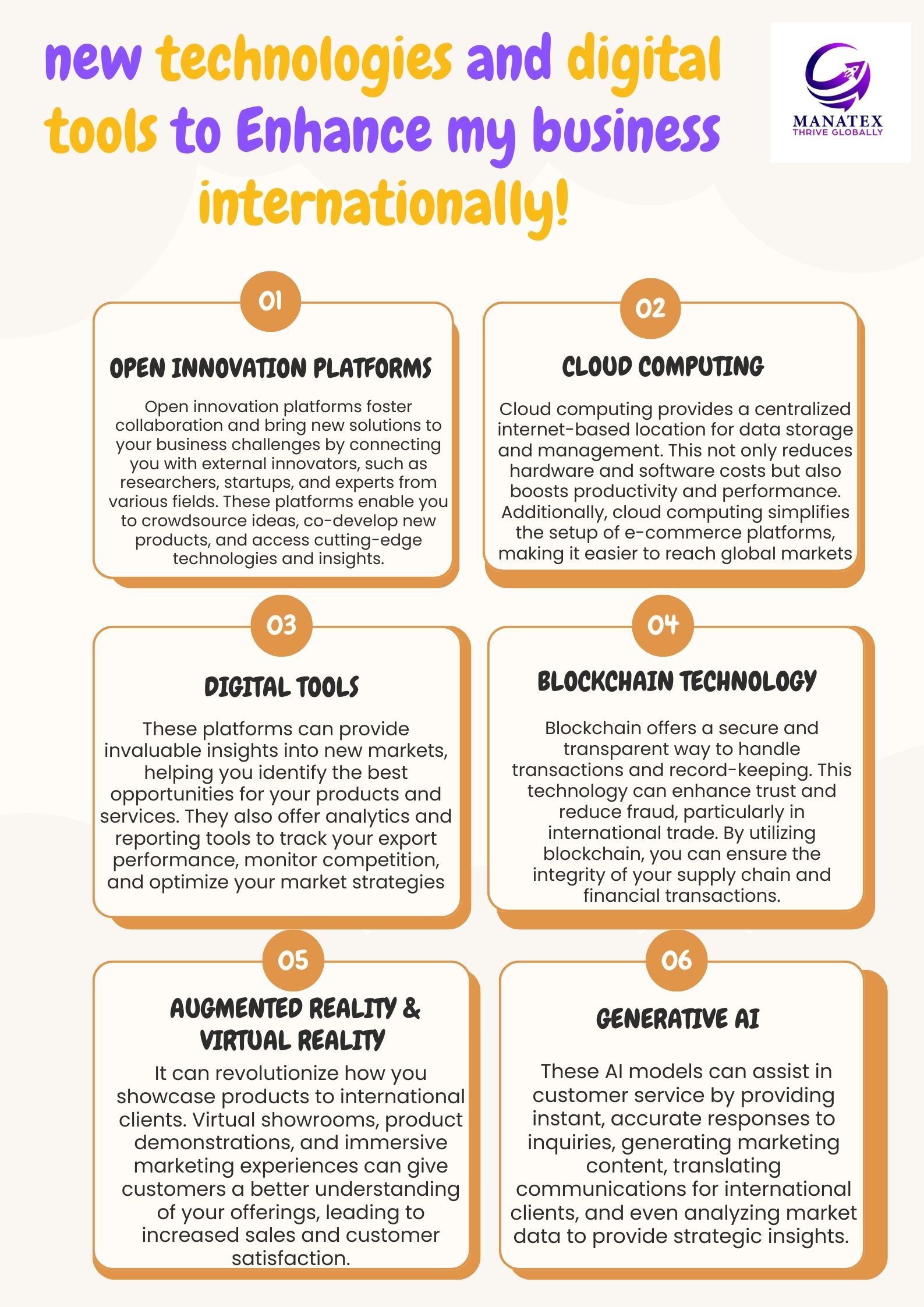In the intricate world of B2B matchmaking, success and failure stories are invaluable lessons that shape future strategies. Through a series of insightful B2B case studies, we delve into the triumphs and tribulations of businesses venturing into unfamiliar territories. From the intricacies of market research and strategic planning to the complexities of negotiation dynamics and pricing structures, each narrative offers valuable lessons for companies aiming to thrive in the global marketplace.
Pricing Structures Lead to an Expansion Failure of a Pharmaceutical Company
A few years ago, a company from Western Europe found out that consumers from an Eastern European country (that had never been penetrated by a company before) repeatedly ordered their OTC product in very significant quantities. It was obvious, that the product is known and popular in the country although it has never been promoted locally by a vendor.
A company decided to give it a try and started preparation for market entry. Local consultants prepared a report indicating potential interested parties, local price structure, distribution channels, and many other things. The good news was that multiple companies wanted to start collaboration.
The negative side was that the local distribution margin was extremely high, but this fact was totally ignored by the company’s management in the market research stage. When two parties that eagerly wanted to collaborate met on the negotiation table they couldn’t find a consensus. A producer was unable to provide the demanded margin to the local wholesaler, and a distributor couldn’t decrease it too because of the local market environment and costs.
The Pitfalls of Expansion: Lessons from a Jewelry and Watch Manufacturer
One of the most famous producers of affordable jewelry and watches from the CEE market tried to penetrate several markets in Europe and Asia within a few years. The company invested a significant amount in trade fairs attracting visitors with modern and beautiful exhibition stands, a great assortment of products, a nice and collaborative team of managers, and very attractive commercial conditions.
Every opportunity (even $5000 non-repetitive orders) was presented as a “market presence” to the company owners. However, in a few years later, the owners of the company found themselves in a situation where the company continued to struggle to get to the break-even, local distributors often didn’t pay, the product was sold to unknown stores, etc. The company decided to close collaboration in most of the markets.
The last two attempts to develop the business internationally were made in Spain and India.In Spain, the company was strongly recommended to open a shop in a popular shopping street in the center of the capital. This local advice was entirely ignored and a boutique in the shopping mall didn’t become profitable. The COVID-19 pandemic was the last drop in this story.In India, local consulting specialists made hundreds of calls trying to match a company from CEE with “ideal” partners (working on the longlisting process, consultants found out that only 6-7 companies in India fit the profile of an “ideal importer” in this case).
The project went nowhere. 6-7 “ideal” companies didn’t want to expand their assortment with the product from CEE.Looking back, we can state now that the company didn’t have any export strategy, didn’t prioritize the markets, and didn’t make any research projects before investing millions.
A Failed Venture into the Dutch Market
One of the most successful Russian retailers that specializes in fresh and healthy food tried to penetrate the Dutch market in 2019-2022. In the beginning, the company relocated a few Russian expats to Amsterdam to open its first stores w/o any significant preparation. After 2 years, this attempt was officially named a failure in the company. A retailer’s strategy didn’t work in the Netherlands. The Dutch didn’t like the product offer etc.
What do we learn from this B2B case study:
- If you are e.g. from France and you have a contact in Japan who speaks French, it doesn’t mean you can export there.
- If someone placed an order from the United Arab Emirates on your Instagram account, it doesn’t mean you’re ready to meet local distribution parties and negotiate.
- If your biggest competitor is presented on the market, it doesn’t mean you can get there too w/o prior preparation and significant investment.
If a new investor of your company is pushing for new markets simply because “their economies are booming” it doesn’t automatically mean, a company is ready to face the reality in these dynamic countries
Conclusion
These B2B matchmaking case studies offer valuable insights into the complexities of global commerce. Whether through successful market penetration or unforeseen challenges, each story illuminates the importance of thorough research, strategic planning, and adaptability in navigating the intricacies of international business. By learning from past experiences, businesses can chart a path towards sustainable growth and success in diverse markets worldwide.





